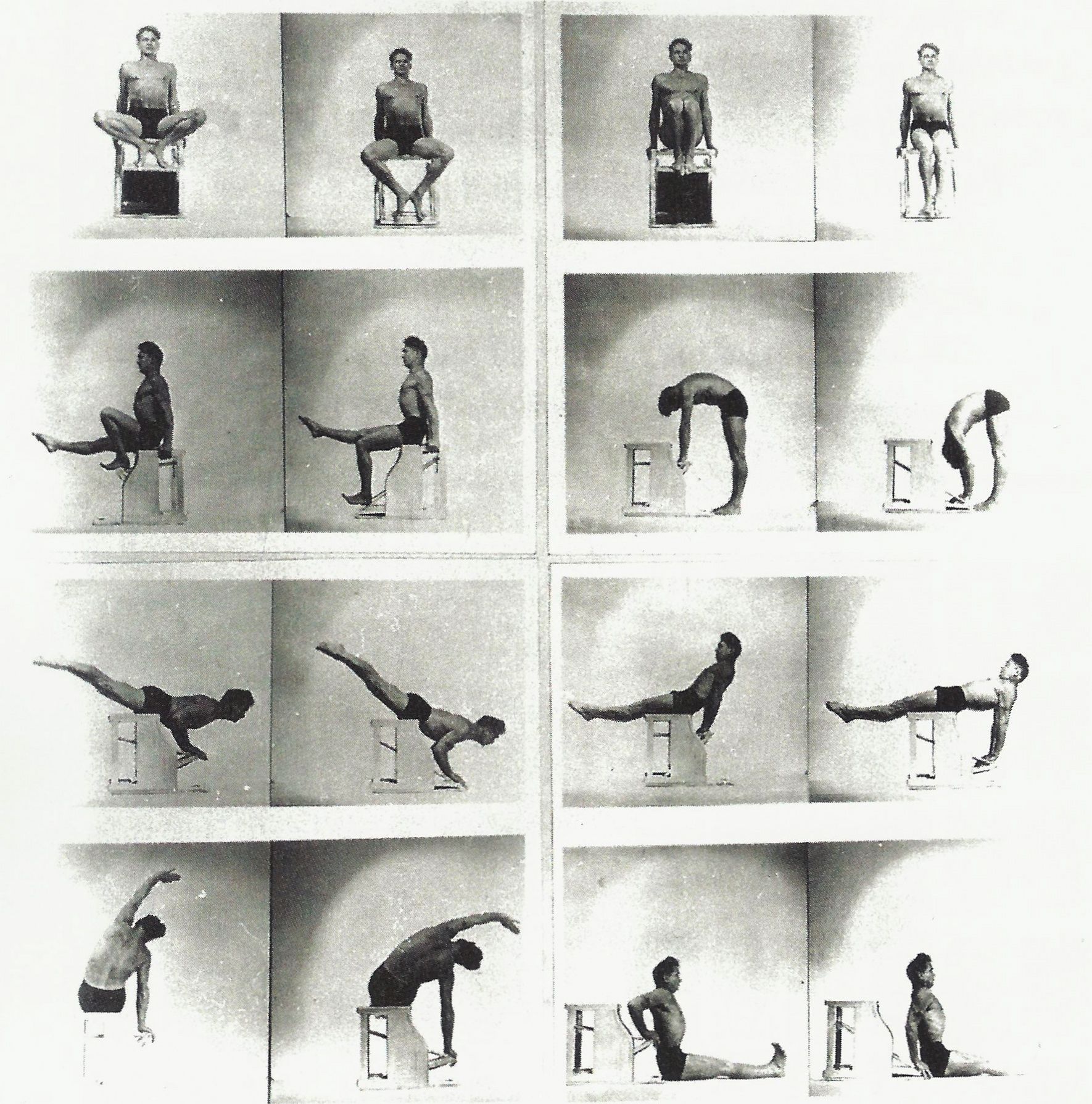Georg Simmel, “The Metropolis and Mental Life, 1903,” in On Individuality and Social Forms; Selected Writings, The Heritage of Sociology (Chicago: University of Chicago Press, 1971), 329.
Heikki Lempa, Beyond The Gymnasium: Educating the Middle-Class Bodies in Classical Germany (Lanham, MD: Lexington Books, 2007), 73.
Lempa, 76.
Lempa, 80.
Daniel Gottlieb Moritz Schreber, Medical Indoor Gymnastics (London: Williams & Northgate, 1899), vi, ➝.
Schreber, Medical Indoor Gymnastics.
Lempa, 239.
He recounts the horrifying “so-called compression-of-the-chest-miracle, which I endured at least several dozen times; it consisted in the whole chest wall being compressed, so that the state of oppression caused by the lack of breath was transmitted to my whole body.” Giorgina Samira Paiella, “Madness, Modernity, and Mechanization: Daniel Paul Schreber’s Memoirs of My Nervous Illness, the Feminized Industrial Laborer, and the Rise of Automation,” Configurations 28, no. 2 (2020): 264.
In this interpretation of Daniel Paul Scheber’s condition, Moritz Schreber was “demonized as the sadistic paterfamilias whose pedagogic practices and orthopedic devices allegedly produced his son’s psychotic predisposition.” Eric L. Santner, My Own Private Germany Daniel Paul Schreber’s Secret History of Modernity (Princeton: Princeton University Press, 2001), 3.
Anson Rabinbach, The Human Motor: Energy, Fatigue, and the Origins of Modernity (New York: Basic Books, 1990), 38.
One doctor noted that neurasthenia was “even more a malady of civilization augmented in intensity as a result of the progress of the past century” and went on to explain how an increase in intellectual work resulted in an increase in intellectual exhaustion. Rabinbach, 154.
Rabinbach, 2–3.
Eva Rincke, Joseph Pilates: A Biography (Hightstown, NJ: Inner Strength Publishing, 2019), 33.
Rincke, 33.
Rincke, 37.
Rincke, 44.
Rincke, 46.
Rincke, 47.
Rincke, 54–55.
He described the essence of the “Foot Corrector” as “the sliding pressure pad which is being moved by overcoming an elastic counter pressure. The shape of the pressure pad can be measured according to the kind of disease. It can be pressured down by guide rails or something of the kind and it is placed in the middle of a footrest plate.” Rincke, 65–66.
Rincke, 71.
Rincke, 72.
Kotzenberg wrote: “Pilates’ methods are without a doubt excellent for the whole musculature … particularly legs, back, stomach, lower extremities, hip accidents (hence) any sport… Especially advised instead of walking.” Rincke, 74.
Rincke, 75.
Joseph H. Pilates, Chair, United States US1874613A, filed February 3, 1930, and issued August 30, 1932.
Joseph H. Pilates, Bed or couch, United States US1876743A, filed June 20, 1930, and issued September 13, 1932.
Rincke, 151.
Rincke, 151.
Rincke, 108.
Joseph H. Pilates and William John Miller, Return to Life Through Contrology (New York: J.J. Augustin, 1945), 3–4.
